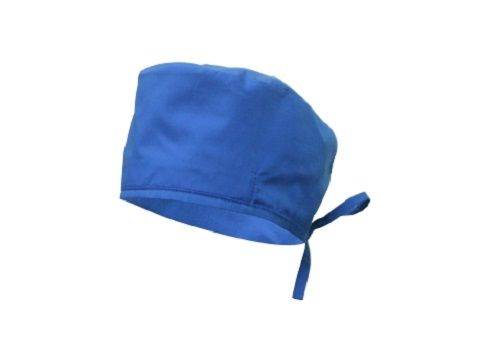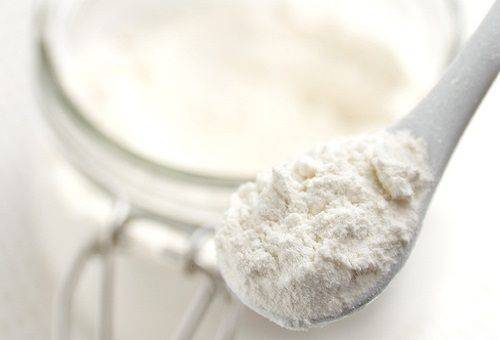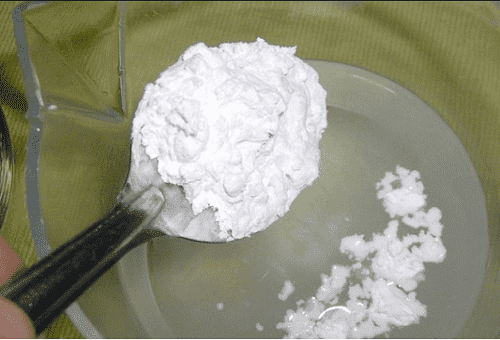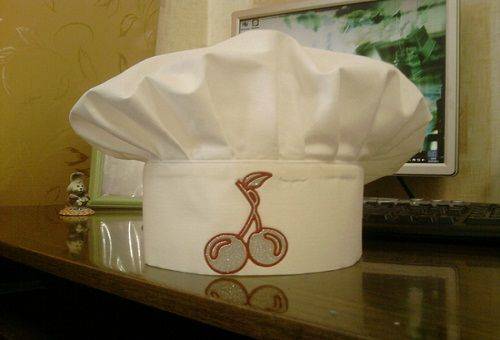How to quickly and efficiently starch a medical or chef’s cap?
A clean and tight headdress of a certain shape is not only a convenient device, but also an indicator of accuracy, and, therefore, the professionalism of a cook or medical worker. To always maintain it in perfect condition, you need to know how to starch the cap, how to properly prepare it and carry out the final stage of processing.
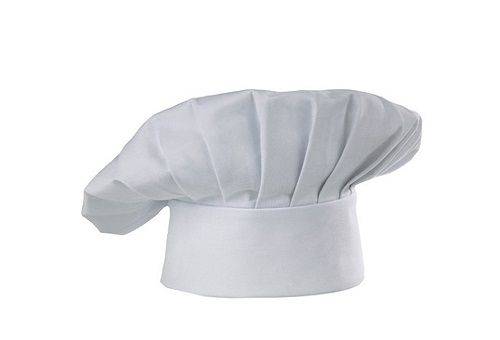
The procedure itself is quite simple, but there are several nuances that, if followed, will allow you to get the perfect result. To influence the fabric, you can use a gelatin solution or PVA glue, but you won’t be able to achieve a better result than using traditional starch.
Tip: It is strictly forbidden to starch medical and chef’s hats with sugar. The headdress will attract the attention of insects, which is unacceptable in both cases.
Procedure for preparing and starching fabric
First of all, the product must be washed and cleaned of all stains. Hydrogen peroxide will help deal with particularly persistent formations. Simply apply the composition to the dirt and leave the cap in the sun. After the stains disappear, wash the item and begin starching it:
- For a liter of water we take a teaspoon, a tablespoon or two tablespoons of potato starch. In the first case, the fixation will be soft, but doctors and cooks use it very rarely. In the second case, it will be possible to achieve an average density of the fabric, in the third - the maximum possible rigidity.
- Place starch in a glass or enamel container, gradually pour cold water into it, constantly stirring the mixture. First you need to pour in so much liquid so that the mass resembles thick sour cream. Boil the rest of the water and slowly pour it into the resulting product, stirring it thoroughly. Some people prefer to then boil the solution for three minutes until it becomes clear.
- Place a chef's or medical cap into the slightly warm product, ensure it is evenly soaked, but do not soak for long. Then we take out the product and squeeze it slightly, moving our hands from top to bottom. It is strictly forbidden to twist the fabric; such aggressive action will cause creases on it that will be difficult to straighten.
- The last stage is drying the item, which involves certain specifics.
The chef's hat is very tall, often of complex shape; it is recommended to prepare a form for drying in advance. It can be made from cardboard secured with tape. It is enough to place the health worker’s headgear on a glass jar of a suitable size.
We wait until the product is completely dry and only then remove it from the mold. Exposure to artificial heat is allowed; it is best to use a hair dryer with warm air.
Features of working with hats
When working with a chef's or medical worker's hat, you need to take into account the characteristics of hats and professions, otherwise the end result will be far from ideal:
- Chef's hats often differ in height and elongated shape. It is possible to hold such an amount of tissue in the desired position only with the help of the maximum possible fixation.You need to work through the material very carefully; if during the procedure even a small area goes unnoticed, the cap will move and the manipulation will have to start all over again.
- If maximum hardness was used during processing, then there is no need to iron the product. The average degree of processing will only be strengthened by subsequent ironing and the item will take on a more neat appearance.
- Chef's hats of uneven shape (with waves in the upper part) require the preparation of two types of composition, hard for the flat part and medium for the curly part. In this case, first the product is completely immersed in the medium solution and wrung out. Then part of the object is immersed in a strong solution and wrung out again. After which you can begin to give and fix the shape.
- To iron hats, you can only use powerful irons with a steam function, this will avoid the formation of folds and creases in the fabric.
- Today, in addition to traditional starch, special washing powders with a fixing effect, profile fixing sprays, and liquid starch can be used to process hats. The end result and the principle of working with them are approximately the same, but the manipulation time takes much less.
If the cap begins to lose its density and shape, do not simply reprocess it, especially partially. First, the product will have to be washed, otherwise even distribution of the composition will not be achieved. There is no need to worry that the fabric will suffer from such frequent exposure to starch; the natural product does not have any negative effect on the fibers.
